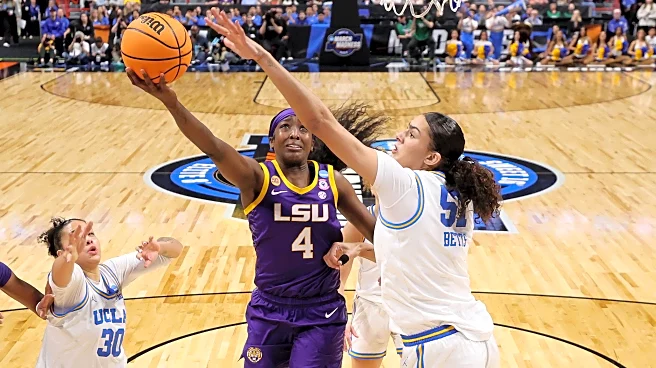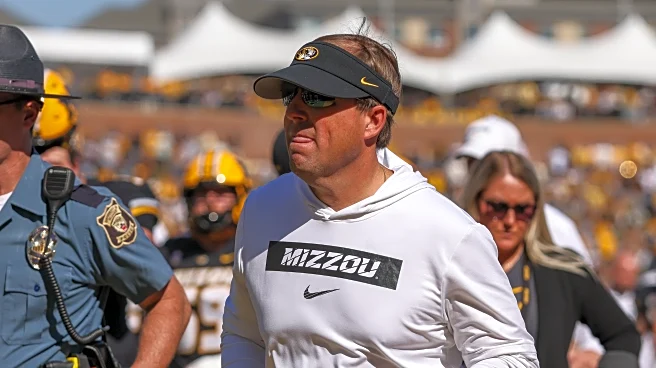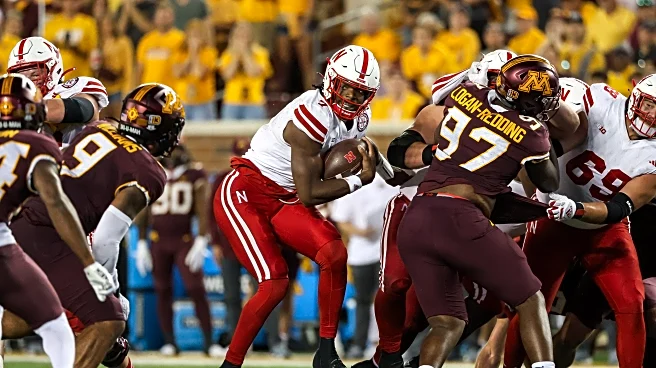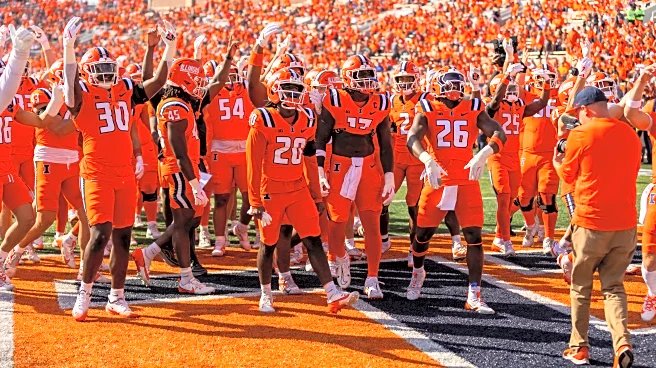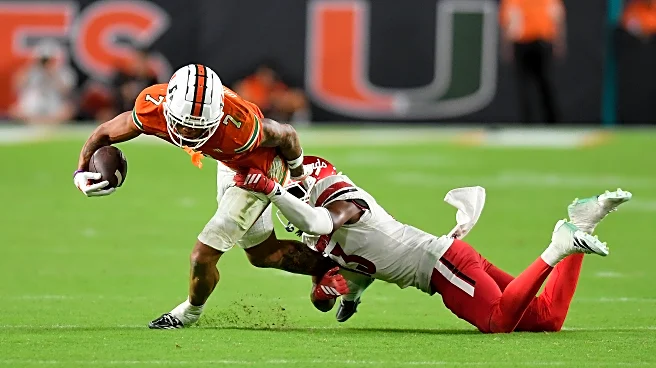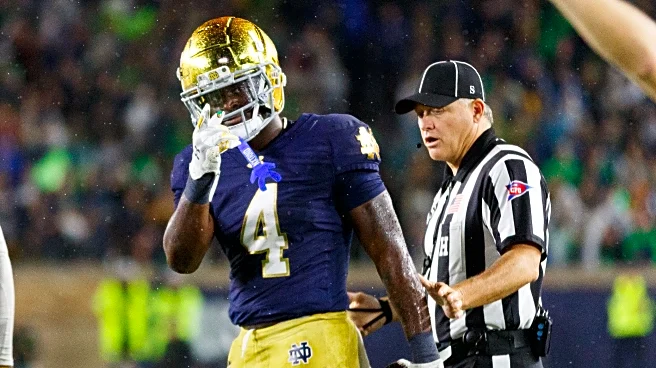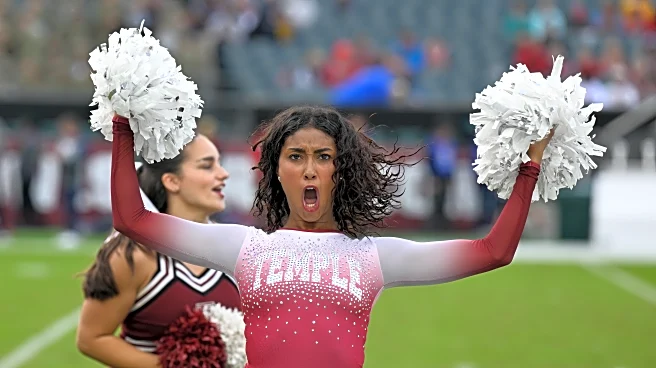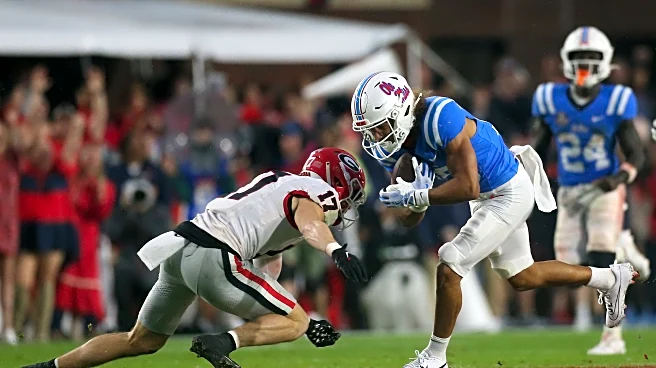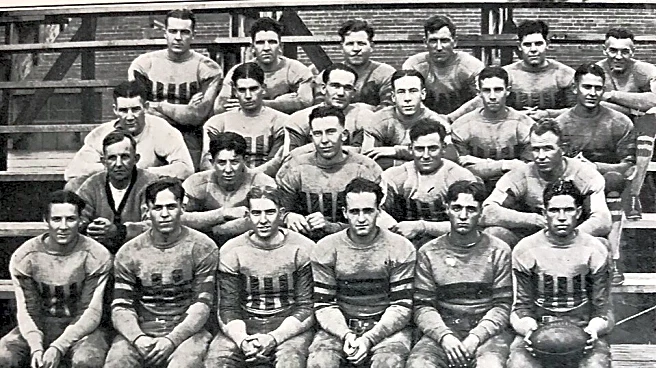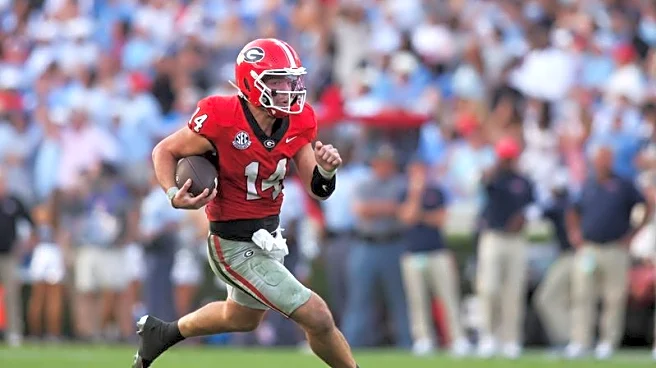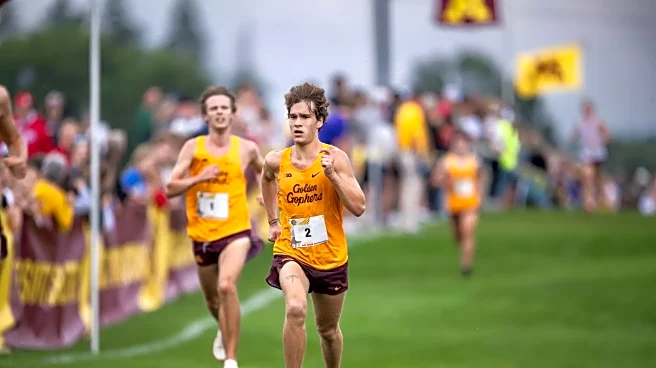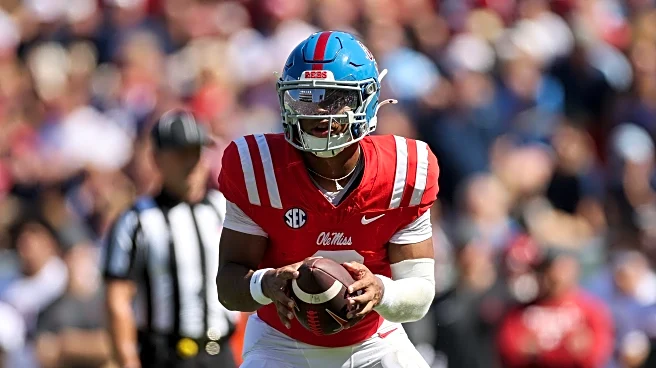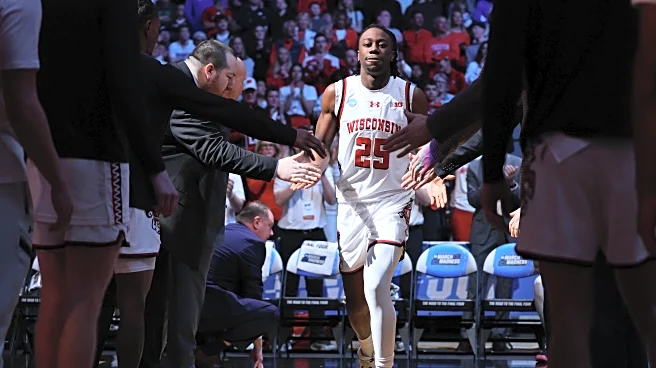The 2025 WNBA season may have just ended, but for anyone with even the slightest interest in the 2026 WNBA Draft, it’s already time to start looking forward to next year. The women’s college basketball season is about to tip-off, so let’s run through some of the biggest draft-eligible names in college basketball before they take the court.
Olivia Miles (TCU)
There may not have been a higher-profile transfer this past summer than Miles, who will finish her collegiate career
at a rising TCU program after three stellar seasons at Notre Dame. Arguably the most gifted playmaker in the country, Miles passes her teammates open with remarkable court vision, and a notable improvement in her 3-point shot (40.6 percent on 5.3 attempts per game as a junior) has turned her into an even bigger threat off the dribble. Miles will enter the season as the best lead guard in the 2026 draft class, and she’ll have the ball in her hands even more at TCU than when she shared the backcourt with Hannah Hidalgo, so expect her to post some massive assist numbers.
Lauren Betts (UCLA)
It’s going to be a big season for the Bruins, who are coming off a Final Four appearance in the 2025 NCAA Tournament and will surely be expected to make it back there, given how many talented seniors are on their roster. Betts is the most prominent of those players; at 6-foot-7, she’s a towering presence in the paint, and she put up some impressive numbers as a junior, averaging 20.2 points, 9.5 rebounds and 2.9 blocks while shooting 64.8 percent from the field. WNBA teams may not place the kind of premium on traditional back-to-the-basket centers as they once did, but Betts’s size, footwork and skill around the rim are all among the best at her position, and if the 2026 Draft was held today, she’d be a surefire lottery pick.
Flau’Jae Johnson (LSU)
Johnson is a household name among women’s basketball fans, and for good reason. An athletic slasher who impacts the game on both ends of the floor, Johnson has blossomed into a true three-level scorer, averaging 18.6 points per game as a junior while shooting 46.8 percent from the field and 38.3 percent from long range. It’s already a lock that Johnson will be a first-round pick in 2026, given her physical tools and intangibles as a leader; WNBA teams will be even more confident in drafting her should she develop more as a lead guard, as she’s averaged just 2.5 assists per game in each of the past two seasons.
Yarden Garzon (Maryland)
Tall wing players who can shoot are always going to be sought after in the WNBA, and the 6-foot-3 Garzon is someone who clearly fits that archetype. In three seasons at Indiana, over half of her shots came from 3-point range, and she hit 42.6 percent of them. Garzon will now play in an uptempo Maryland system that emphasizes pace and space, so her strengths as a scorer will be on full display. As with most shooting specialists, she’ll need to prove that she’s not a one-dimensional player—at her size, growing into a “3-and-D” prospect would be ideal—but if she can do that, she’ll be a highly-coveted player next spring.
Azzi Fudd (UConn)
Fudd has had some unfortunate injury luck during her time at UConn, but she finally got to enjoy a healthy season as a redshirt junior, and it resulted in a Huskies national championship. Fudd is one of the best shooters in the country, having knocked down 43.6 percent of her 3-point attempts last season, and she showed flashes of defensive playmaking in the 2025 NCAA Tournament, averaging three steals per game. Fudd is a favorite to be drafted early in 2026 due to her shooting ability and collegiate pedigree alone, but if she can become more of an offensive playmaker to begin UConn’s post-Paige Bueckers era, she’ll solidify her status as a a top pick.
Kiki Rice (UCLA)
Rice is a player who has shown consistent improvement throughout her career, most recently posting personal bests in 2-point scoring (53.3 percent), 3-point scoring (36.5 percent) and assist/turnover ratio (2.36), and it would be reasonable to expect her senior season to be her best yet. Rice is tough to stop when she gets downhill, and she’s one of the better players in the country at orchestrating the fast break; now that her jumpshot is catching up to her dribble penetration ability, Rice will likely be one of the first lead guards taken in next year’s WNBA Draft.
Ta’Niya Latson (South Carolina)
Latson spearheaded a high-powered, fast-paced Seminoles offense for three seasons at Florida State, most recently leading Division I in scoring as a junior (25.2 points per game). She chose to transfer to South Carolina, where winning has become an expectation under Dawn Staley, and she may not be shooting the ball quite as often as she did at Florida State. It’s the other areas of Latson’s game, such as defense and on-ball playmaking, that Staley will be trying to develop; everyone already knows that Latson can create her own shot anytime she wants, but if she grows into a more well-rounded player as a senior, she’ll be an even better WNBA prospect, even if her individual numbers take a bit of a hit.
Serah Williams (UConn)
After three seasons starring for a Wisconsin Badgers program that routinely ranked in the bottom half of the Big Ten, Williams now finds herself playing for the national champions. This is another case of a talented player possibly sacrificing individual accolades for team success. Williams probably won’t match the 19.2 points per game she averaged as a junior—especially playing alongside reigning Freshman of the Year Sarah Strong—but she’ll have the opportunity to showcase her talents in the post on a much bigger stage, and if she ends up playing a large role on another deep UConn run, she’ll probably be more highly-regarded as a prospect than she would have if she stayed at Wisconsin.
Cotie McMahon (Ole Miss)
When Yolett McPhee-McCuin landed McMahon in the transfer portal, she got a player who will embody what her Ole Miss teams have become known for: hard-nosed play and relentless physicality. McMahon spent three seasons at Ohio State overwhelming her opponents in the paint and on the glass, and she has experience playing in an aggressive, ball-hawking defensive scheme. Her physical tools make her a good fit for the SEC in general, and though she’ll need to continue developing her ball skills and efficiency as a scorer, McMahon is already an intriguing WNBA prospect due to her strength and theoretical ability to defend multiple positions.
Madina Okot (South Carolina)
South Carolina has churned out quite a few WNBA centers under Dawn Staley’s leadership, and it’s looking like Okot is next in line. While Okot’s basketball journey to this point has been somewhat unorthodox—she’s only been playing the sport for a few years, and she has just one season of NCAA basketball under her belt—she has the size at 6-foot-6 to be a game-changer on both ends of the floor, and she played well in her first collegiate season at Mississippi State, ranking No. 5 in the country in total rebounding rate (Her Hoop Stats). Players like that don’t grow on trees, and if Okot can grow into the type of tough, rim-protecting center we’ve come to expect from Staley-coached teams, she’ll be one of the first frontcourt players taken on draft night.
